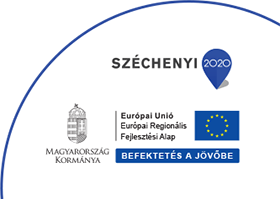Dunatetétlen, Kentish Plover Study Trail
How to approach: The trailhead is on the southern bank of Canal No. 5, where it crosses the side road of Járáspuszta, connecting Routes 52 and 53. After the information sign of the trailhead, the trail goes along the reedy bank of the canal in a southerly direction. Information signs are spaced 400-600 m apart and after 3 km, the trail arrives at a birdwatching bridge, where the trail turns back and leads back to the trailhead on the other bank of the canal.
Length: 6000 m
Recommended gear: comfortable shoes, inconspicuous clothing and a pair of binoculars
Accessible throughout the year but there may be restrictions during breeding season (between March and mid-June)
Language: HU, EN
There are 11 general information signs and two ornithological signs in both Hungarian and English languages.
The Böddi-szék is an important habitat for wetland birds and shorebirds in the Carpathian Basin. The area is located near Dunatetétlen and has an area of more than 700 ha. It is confined by Route 52 in the north, the Kiskunság Regional Canal in the east, Route 53 and a fishpond system in the south, and a local road in west. Some 270 ha of its area is owned and managed by the Dunatáj Nature Conservation and Environmental Protection Public Enterprize.
The most valuable part of the Böddi-szék is the central 250 ha area, which used to be a confluent lake basin. The lake has a very fluctuating water regime. After being grazed, a rich bird fauna occupied it; 154 species have so far been recorded, out of which 52 also breeds here. Legally protected or strictly protected species of the Böddi-szék include Greylag Goose, Kentish Plover, Northern Lapwing, Avocet, Common Redshank, European Stone-Curlew, European Roller, European Bee-eater, White Stork, Common Kestrel, Red-Footed Falcon, Common Buzzard, Marsh Harrier, Eurasian Bittern, Black-winged Stilt and Great Bustard.
A LIFE Nature project, titled “Restoration of Pannonic sodic wetlands in the Kiskunság” is dedicated to the restoration of the original soda lake habitats. For more information, visit www.boddi.hu.


